


Agent Minivann
gamer level 7
13895 xp
13895 xp
followers
16
16
Use my invite URL to register (this will give me kudos)
https://boardgaming.com/register/?invited_by=agentminivann
profile badges




recent achievements

The Gold Heart
Give 10 Gold Hearts to games that you love.
Give 10 Gold Hearts to games that you love.

Gamer - Level 7
Earn Gamer XP to level up!
Earn Gamer XP to level up!

Comment on your favorite LGS
Add a comment on your favorite local game store page to tell people what you like about your LGS.
Add a comment on your favorite local game store page to tell people what you like about your LGS.

Treasure Chest
Explore select games by completing a series of exploration actions. learn more »
Explore select games by completing a series of exploration actions. learn more »
Player Stats
Critic (lvl 2)
440 xp
440 xp
Explorer (lvl 4)
2838 xp
2838 xp
Professor (lvl 2)
410 xp
410 xp
Reporter (lvl 2)
534 xp
534 xp
About Me
I have always enjoyed playing games. For the last few years board games have been a way to bond with my kids, meet new people and enjoy time with old friends.
My favorites right now are Heroscape (my gateway game), Summoner Wars, and Battleship: Galaxies.

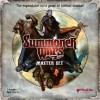



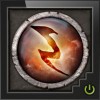





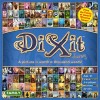





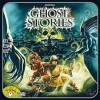
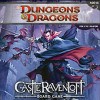
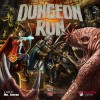

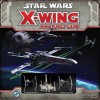
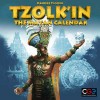



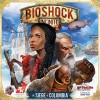

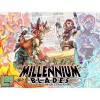
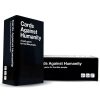
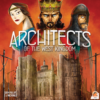


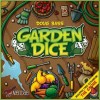




![Go to the Level 7 [escape] page Go to the Level 7 [escape] page](https://boardgaming.com/wp-content/uploads/2012/08/Level-7-escape-100x100.jpg)
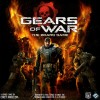
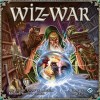
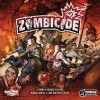

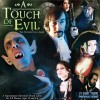










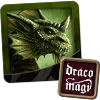





Heroscape Marvel: The Conflict Begins
Heroscape is the mass market board game with hobby game sensibilities. The master set was a steal when it came out, more so with sale prices that were easy to find. It was a genre bending battle with warriors from all over time and space. It had a thriving online community of hungry fans, eager to see the next sneak peak offered at Gencon, or some other con. Then Hasbro announced Marvel: The Conflict Begins.
Compared to the other offerings in the Heroscape family, the Marvel set contains significantly less terrain and figures. It has a small amount of terrain, a warehouse ruin with break away section, and 10 figures. (Spider-man, Captain America, Iron Man, Hulk, Silver Surfer, Venom, Red Skull, Doctor Doom, Abomination, and Thanos for those keeping score at home) In addition, Marvel has much more powerful heroes than in the original. As a result, you throw big handfuls of dice around when your super powered heroes go toe to toe with your opponent. While it is built on the same engine as the original Heroscape, and therefore compatible, the experiences are different. While a comparable army, measured in points, in classic Heroscape is typically more of an army with squads and heroes, Marvel is full of big powerful heroes. The ramped up powers and attack values help to give the game a more epic feel.
Unfortunately, Marvel Heroscape didn’t last long. The Marvel set was the only offering to see the light of day. A planned expansion was previewed at conventions, but never made it to stores. The set, while readily available (recently at least), is out of print with no signs of revival. Ironically, I think the game is better than ever today.
The terrain can be found here and there, well designed and tested customs (as well as instructions to make buildings for your maps) are freely available at heroscapers.com (look for C3G sub-forums there), and figures from other games provide the minis. Recent games I have played have included some original terrain, toy cars and incidental terrain features, some foam-core buildings, custom army cards, and some Heroclix minis, and they have been some of the most enjoyable Heroscape games I have had since the early days.
I just recently played a game with an irregular version of the Fantastic Four teamed up with Tony Stark and a fleet of his remotely controlled Iron Man suits vs a bunch of Hydra guys and a team of Avengers including Thor. Apart from the unholy alliance of Hydra and the Avengers, it was what a big epic superhero throw down should look and feel like. It got even better when Hulk started throwing cars at people (using some custom rules from heroscapers.com)
It was fun when it came out. It stinks that the expansion never saw the light of day. It stinks that the underlying system is a board gaming fossil. I gave it an 8 a while ago, and I think that pretty accurately sums it up for me, as published. Do a little work, and start playing with some of the customs, and it takes me back to Heroscapes golden days. Then it becomes a 10.